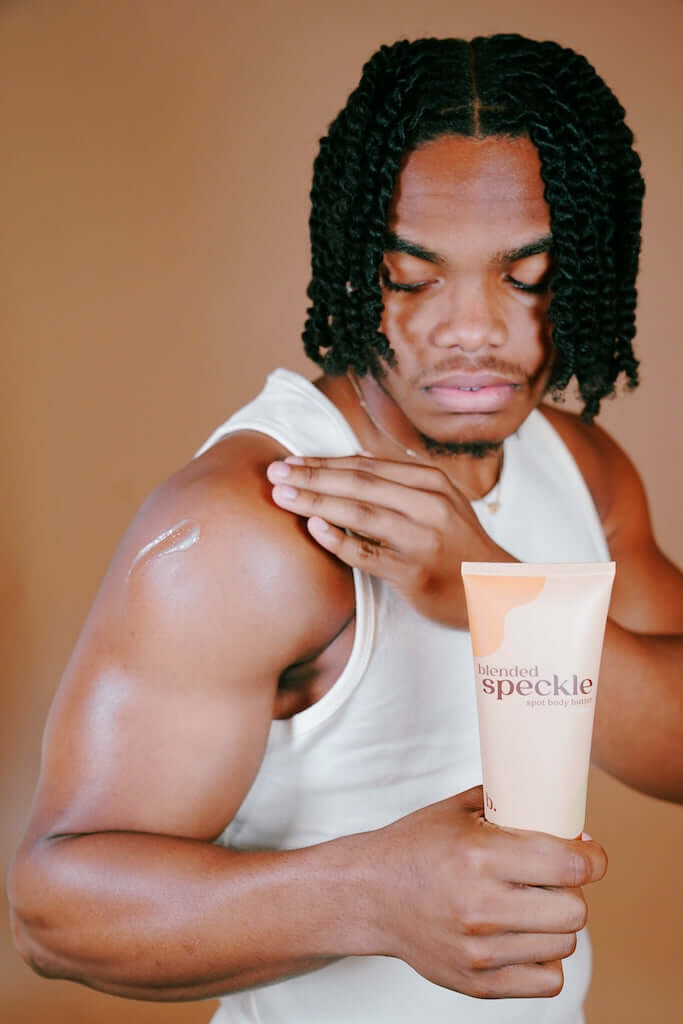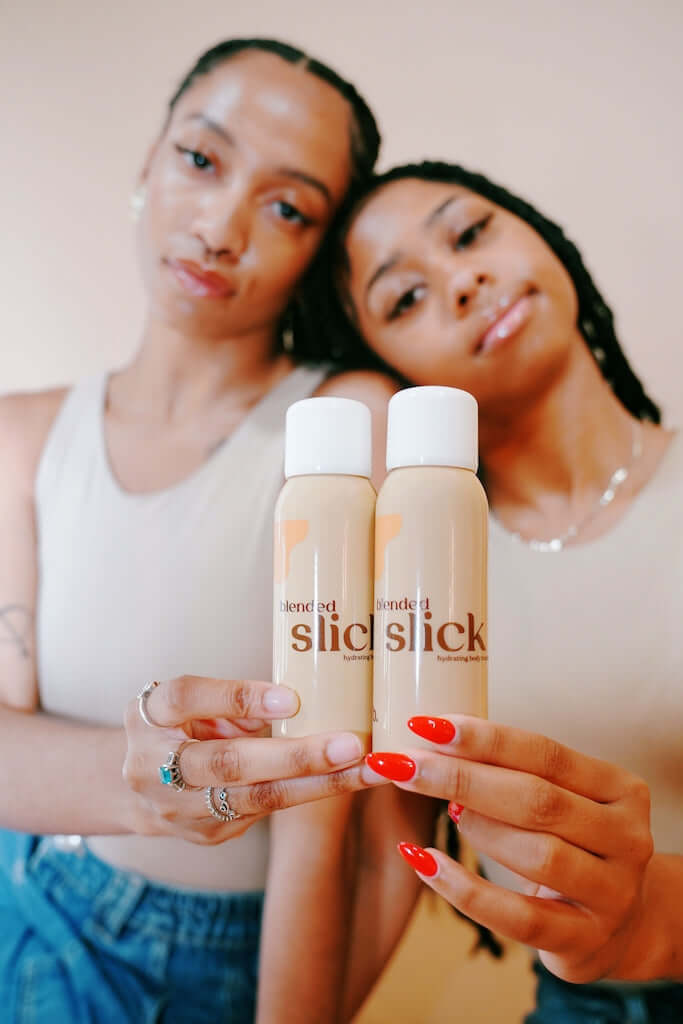objective
to examine how dramatic variations in skin thickness across body regions affect bodicare ingredient penetration and formulation requirements.
background
skin thickness represents one of the most variable anatomical features across the human body. this variation directly impacts how bodicare ingredients penetrate and function, yet most people remain unaware of these significant regional differences.
methodology & findings
dermatological mapping studies reveal remarkable thickness variations across body regions. measurements show skin thickness ranging from approximately 0.5mm on delicate eyelid areas to over 4mm on the back and shoulder regions.
the stratum corneum, our outermost protective layer, shows similar dramatic variations. areas like the palms and soles can have stratum corneum thickness 50-100 times greater than facial skin. this creates a significant barrier to ingredient penetration.
mid-range thickness areas include the arms, legs, and torso, typically measuring 1.5-2.5mm. these regions require moderate penetration enhancement for effective ingredient delivery.
application of findings
these thickness variations explain why identical bodicare formulations may perform differently across body regions. thicker skin areas require enhanced penetration strategies to deliver active ingredients to appropriate depths.
speckle spot body butter incorporates penetration enhancers calibrated to these regional differences. the formulation includes carefully selected ingredients that help active compounds traverse varying skin thickness levels effectively.
for thicker areas like the back and shoulders, the butter's enhanced penetration system ensures ingredients reach target depths. the formulation adjusts for medium-thickness areas like arms and legs, providing appropriate delivery without over-penetration.
practical implications
understanding skin thickness variations helps optimize your bodicare routine. thicker areas benefit from longer massage during application, helping ingredients penetrate effectively. these regions may also require more generous product application.
timing becomes crucial for thick-skinned areas. allowing extra time for absorption ensures ingredients reach their intended targets. consider applying products to these areas first, then proceeding to thinner-skinned regions while absorption occurs.
pay attention to seasonal changes. cold weather can temporarily increase barrier thickness, requiring adjusted application techniques. warm conditions may enhance penetration, allowing for lighter application.
conclusion
skin thickness mapping reveals why personalized approaches to bodicare yield superior results. the dramatic variation from 0.5mm to over 4mm across body regions necessitates formulations designed with these differences in mind. effective skincare requires products that acknowledge and compensate for regional thickness variations, ensuring appropriate ingredient delivery regardless of anatomical location. understanding your body's thickness map enables more strategic and effective skincare application.


